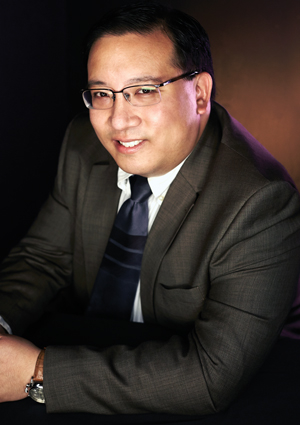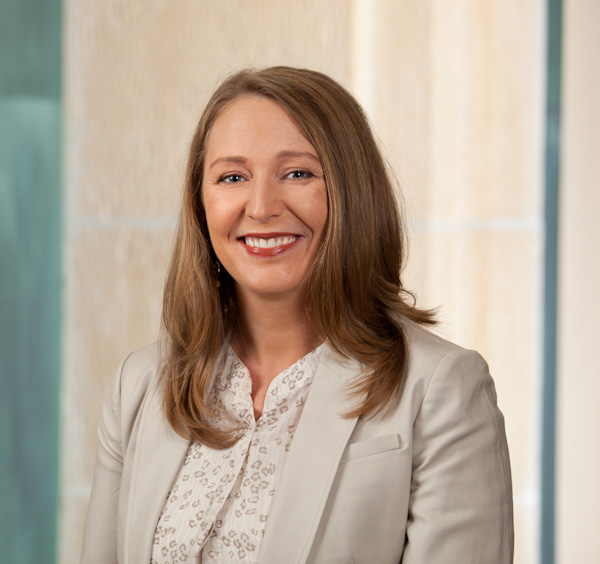True innovation in the legal industry requires outside views and thinking, summit speakers say

Photo of Victor Li by Saverio Truglia
Corrected: To paraphrase Hillary Clinton, it takes a village in order to have true innovation within the legal industry—especially when it comes to closing the sizable gap between those who need access to legal services and the ability of the bar to provide them.
It was a jam-packed second day of the National Summit on Innovation in Legal Services at Stanford University, with numerous panels, keynote speakers and rapid-fire TED-talk style mini-lectures from professionals from a wide range of industries. On Sunday, we heard from nearly 30 speakers, including judges, government officials, academics, legal service providers, activists, and private practice lawyers ranging from big firm partners to solo practitioners to representatives from legal incubators.
The summit, organized by the ABA Presidential Commission on the Future of Legal Services, also solicited views from individuals in the medical, engineering, social design and information technology fields in addition to those with JDs, demonstrating that no ideas were off-limits.
“Lawyers can learn from innovators at groups like Doctors Without Borders,” ABA President William Hubbard tweeted. Judit Rius Sanjuan, U.S. manager at the MSF Access Campaign for Doctors Without Borders, spoke about how her organization is working with lawyers to change the way it serves patients, including altering the norms and policies for pharmaceuticals to better deploy cutting-edge vaccines, as well as using intellectual property law to increase access to books and other sources of knowledge.
“Nine out of 10 lawyers are trying to maintain the status quo,” said Sanjuan, who spoke on a panel with design strategist Denis Weil and legal technologist Ron Dolin. “Very few are challenging the system to make sure it is really delivering for underprivileged.”
As it turns out, there is a broad swath of the general population that needs legal services of some sort. Gillian Hadfield, a professor at the University of Southern California law school, noted that 62 percent of U.S. households have a problem that requires some sort of legal representation. In fact, more often than not, members of these households who think they only have one problem actually have at least three.
“Do we have pain? Yes we have pain,” said Hadfield. “And we’re not going to solve it through existing models.” Hadfield, who was on a panel alongside Avvo founder Mark Britton and informational economics professor Marshall Van Alstyne of Boston University, spoke about how the legal industry puts restrictions on itself ranging from the pool of available talent to the types of capital law firms have access to.
Britton went further, citing the ABA’s restrictive rules on who can practice law as a barrier to innovation. “Lack of third-party investment in our legal systems forces lawyers to be everything to everyone,” Britton said. “We require that they be business people, technicians and innovators while supporting the entire system.”
The ABA continues to be opposed to nonlawyer ownership of law firms. Nevertheless, Hadfield maintained that innovative platforms would not be able to exist in the legal industry “without a change in the [professional regulation] rules.”
That’s not to say that innovative programs can’t exist under the current system. One panel identified seven innovative approaches to legal education and the practice of law:
• Stephen Crossland, chair of the Limited License Legal Technicians Board of Washington State, spoke about the use of nonlawyers with limited licenses to perform certain legal tasks relating to family law. “An LLLT may be better-equipped to handle a family law case than a first-year attorney or recent law grad because they’ve gone through intense training for several years,” said Crossland, who hopes to expand the use of LTTTs to immigration, landlord-tenant and elder law matters.
• Terri Mascherin, a partner at Jenner & Block, talked about the Chicago Bar Foundation’s Justice Entrepreneurs Project (“JEP”), a legal incubator that she helped form. “We brought together all sorts of people in Chicago to try and solve the problems of lawyer underemployment and lack of legal services for regular people,” said Mascherin. “We looked to the business and tech sectors and decided on the legal incubator model.” According to Mascherin, there have been 36 attorneys that have been part of JEP so far.
• Andrew Perlman, professor of law and director of the Institute on Law Practice Technology & Innovation at Suffolk University Law School, discussed his school’s new Accelerator-to-Practice program which creates a fee-generating law firm within the school and trains students during all three years of law school in technology as well as business development and marketing. “We decided to flip the incubator model on its head,” Perlman said. “Why should students have to go through three years of law school and then learn how to practice law? Why not do it from the very beginning of law school?”
• Shantelle Argyle, co-founder and executive managing director of Open Legal Services in Salt Lake City, spoke about her law firm, which is set up as a 501(c)(3) public charity. “There is a way to be a 501(c)(3) and rely on client fees and be still be sustainable,” said Argyle, who was admitted to the bar in 2013. She noted that her firm can be profitable with fees as low as $60 per hour, in part by keeping office expenditures and overhead as low as possible.
• Ann Aiken, chief judge of the U.S. District Court for the District of Oregon, talked about the work of its Reentry Court, a program that relies on technology to help keep convicted felons from re-offending. “We drew on the best practices of medical community, as well as others, to serve as the model for the Reentry Court,” said Aiken, who estimates that the 160 reentry court graduates have saved the state more than $1.6 million.
• Laurie White, a judge of the Orleans Parish Criminal District Court in Louisiana, presented the Orleans Parish Re-Entry Program, which tackled the problem from a different angle. White recruited several lifers at the Louisiana State Penitentiary to provide guidance, counseling and job training for nonviolent felons in order to give them a better chance at succeeding in the outside world. “One in 75 Louisianans are in prison—that’s more than any other place in the world,” White said. “We cannot arrest and incarcerate our way out of Louisiana’s crime problem.”
• Colin Rule, founder and chief operating officer of Modria, advised the audience to embrace online dispute resolution. “The next justice system will look more like ODR than traditional courts,” Rule said. “Most people aren’t interested in hiring a lawyer, paying a large retainer and then going to court.”
• Charles Harrington, a judge of the Arizona Superior Court of Pima County, presented the North Canyon Kiosk, an automated booth at the Department of Motor Vehicles in Mojave County that allows people to file papers, speak with court clerks and pay fines remotely. “We hope to expand this to include hearings,” Harrington said.
Two of the biggest names speaking during the marathon Sunday session drove home the point about the need for the legal profession to bridge the access-to-justice gap. Author and legal consultant Richard Susskind warned of the dangers of ignoring technology and staying stuck in the 19th and 20th centuries.
“Law should be affordable, accessible and intelligible for all,” Susskind said. “It’s not the purpose of the law to provide a living for lawyers.” Susskind noted that by the 2020s, technology will have fundamentally changed the practice of law, especially at the lower end of the legal industry. Technology will be able to answer legal questions more easily and efficiently than humans. “The legal industry is too costly, too slow, too forbidding, too unintelligible, too combative and too out-of-step with the Internet society,” Susskind said.
Sherrilyn Ifill, president and director of the NAACP Legal Defense and Educational Fund, had a more sobering thought for summit attendees. Referencing the recent civil unrest in Baltimore and Ferguson, Missouri. Ifill called on all lawyers to help fix what’s wrong with the legal system and preserve democracy.
“There’s an entire generation now that believes that law is unfair and inequitably applied,” Ifill said. “Public confidence in rule of law is essential. As the public loses confidence in the rule of law, the less they believe me when I tell them to trust in the law. If they don’t believe me, then what recourse will they have?”
Also see:
Law Scribbler: “Summit on legal innovation in legal services gets underway in Silicon Valley”
Crowdsourced coverage via Storify: National Summit on Innovation of Legal Services
Last updated to correct an error. Gillian Hadfield was present at the summit and did not appear by Skype.
Write a letter to the editor, share a story tip or update, or report an error.


